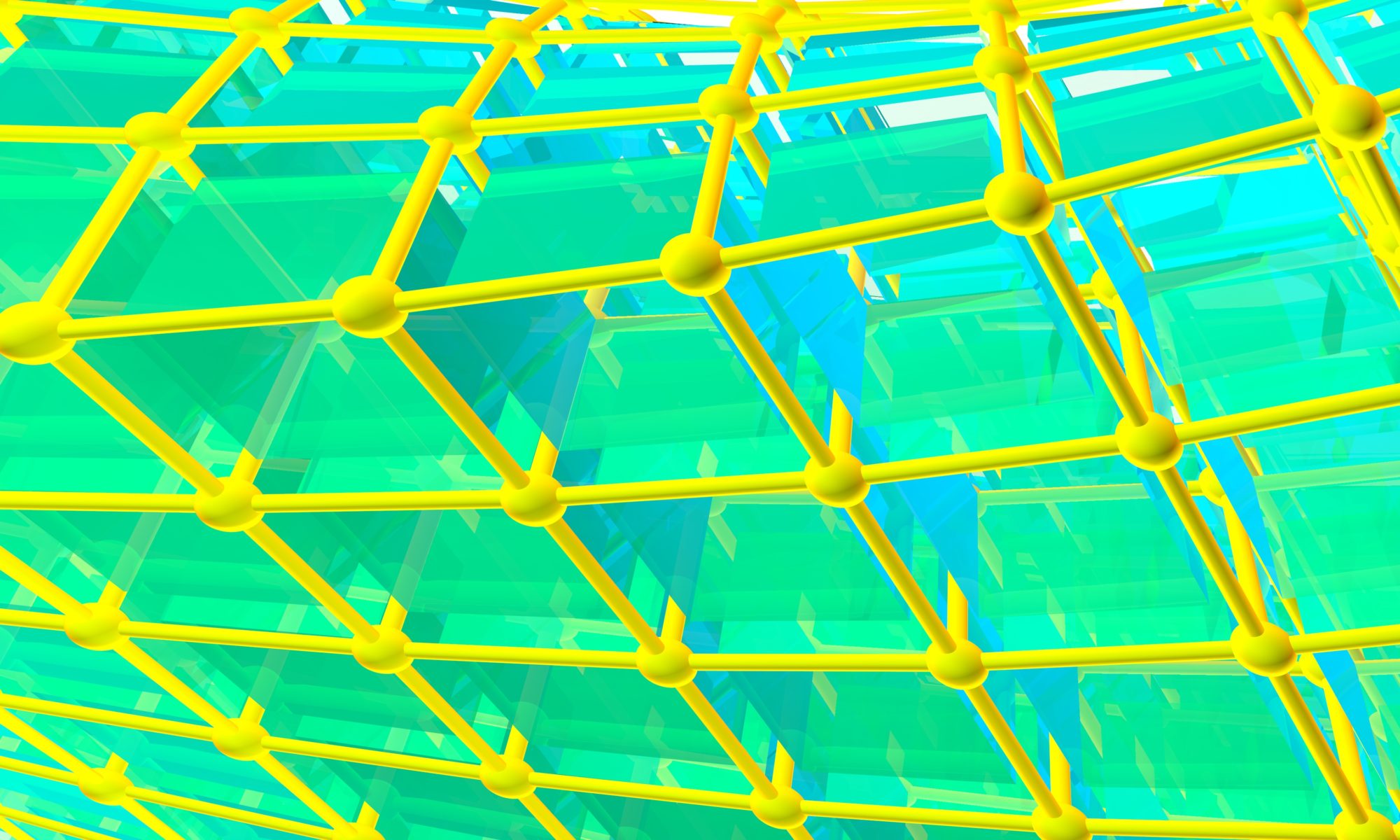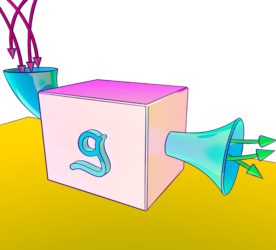one of the classic examples of a simple discrete-time dynamical system comes from a bouncing ball. if you let a ball go above a table, then, assuming everything is perfectly flat, etc., a simple model for the dynamics is x(n+1)=r x(n), where 0<r<1 is the coefficient of restitution and x(n) is the height of the n-th bounce. very well: that has a simple explicit solution that ends with the ball coming to rest.
but what happens if we give the table a sinusoidal oscillation? let’s take a look…
this is likewise modeled as a dynamical system, but no longer 1-dimensional — it is a 2-dimensional discrete-time dynamical system. without going into a derivation, let me say that the two variables are related to the time-between-bounces and the velocity-upon-impact. indexed by n, the bounce number, this leads to complicated behaviors. of course, everything depends as well on parameters, such as ball size, mass, frequency of oscillation, and initial condition, as you can see from the following simulation.
this system goes straight to the heart of why 2-d discrete-time dynamics can be chaotic. we won’t go into details on this quite yet… but let me say that this is one of the four chaotic dynamical systems that appears in the beginning of the seminal text of guckenheimer & holmes. phil homles (my phd advisor) studied this system in 1982. this simulation is a bit easier to “see” that the static picture appearing in that classic text, but the picture painted by the mathematics is every bit as beautiful & illustrative.

